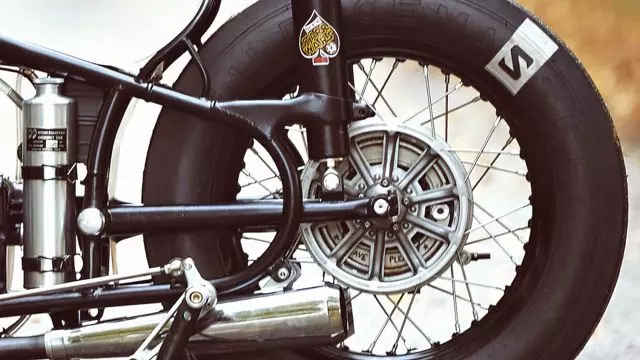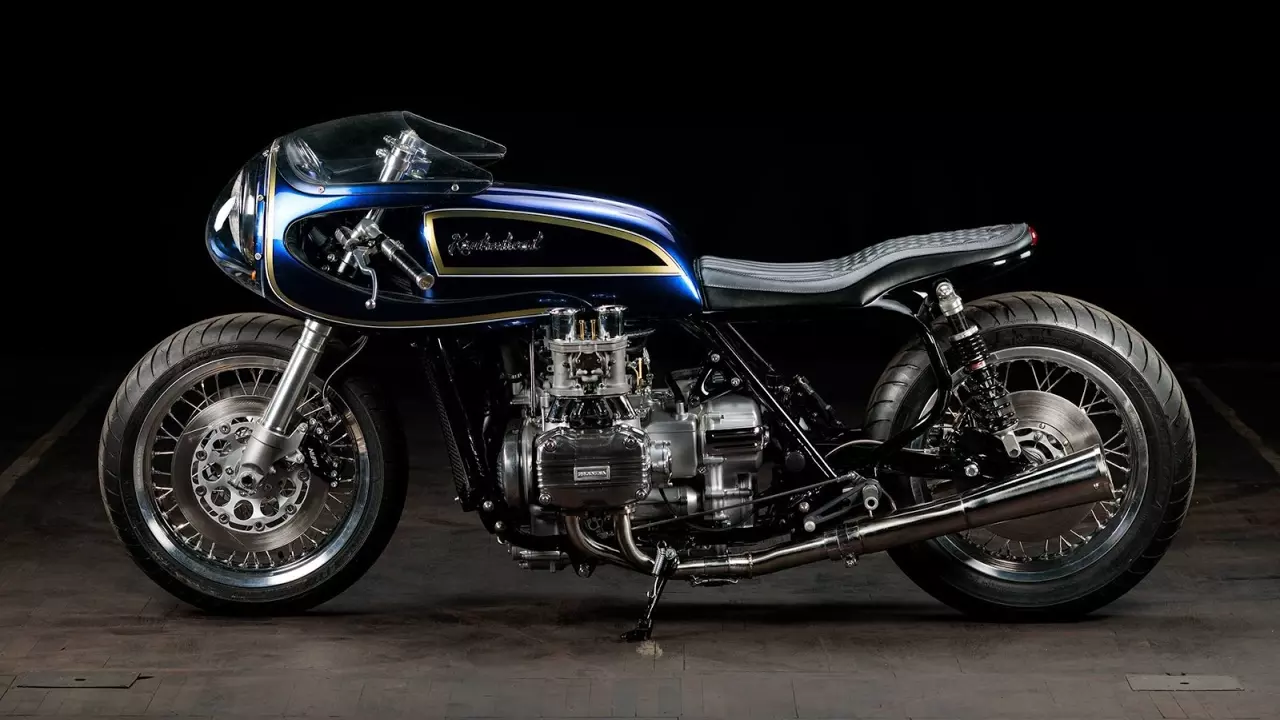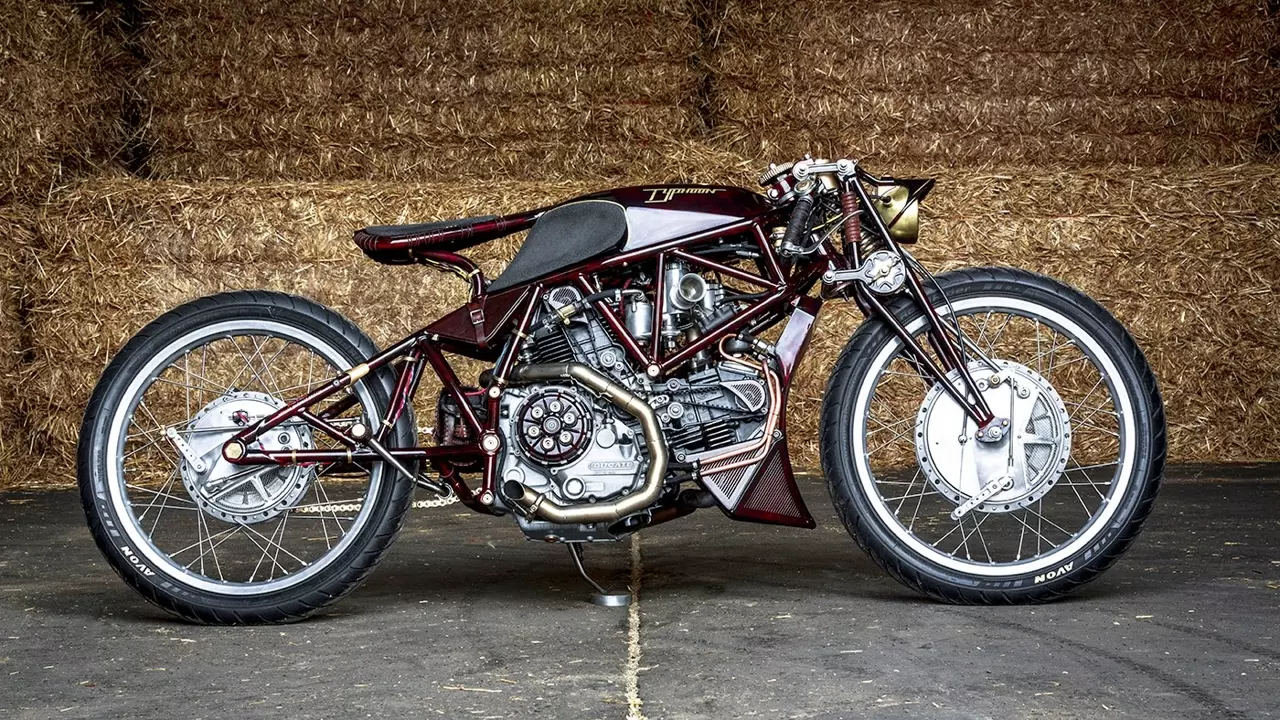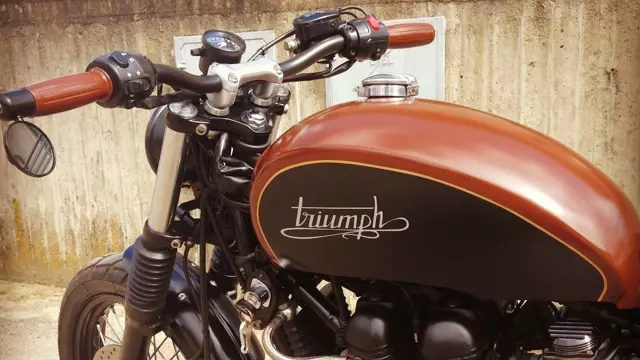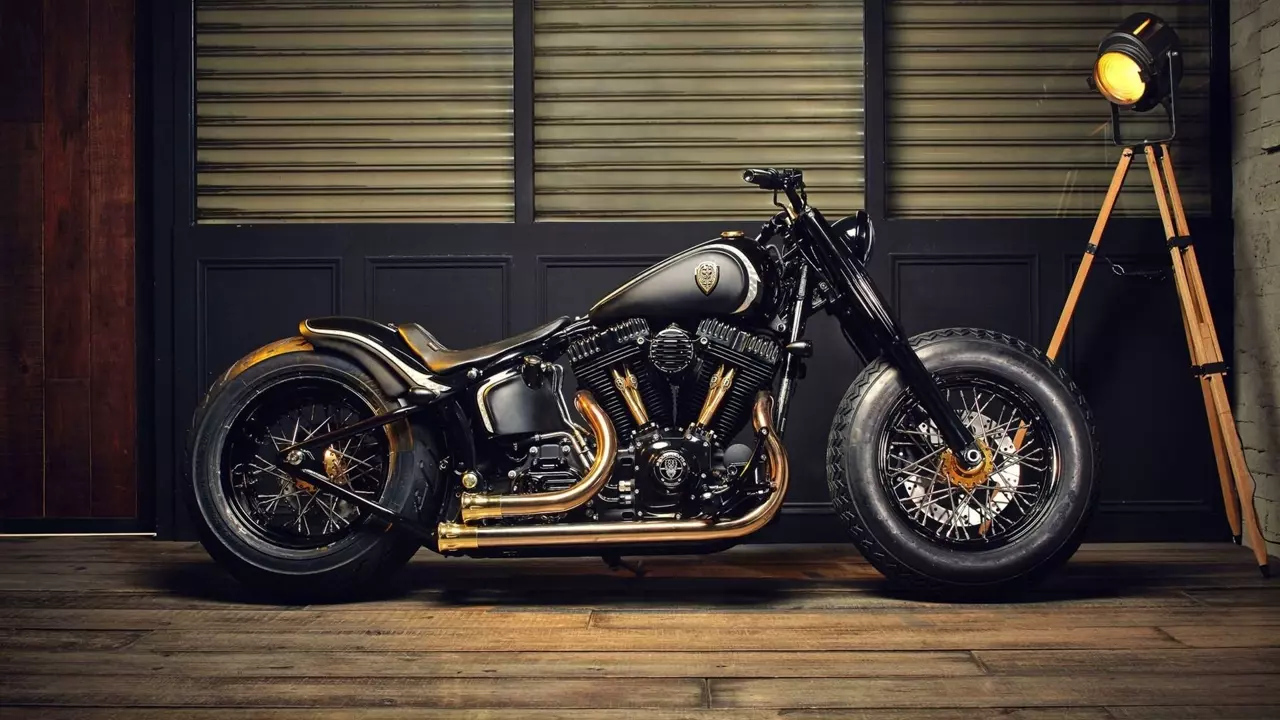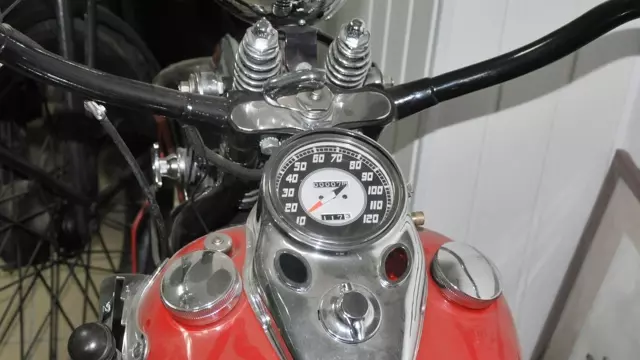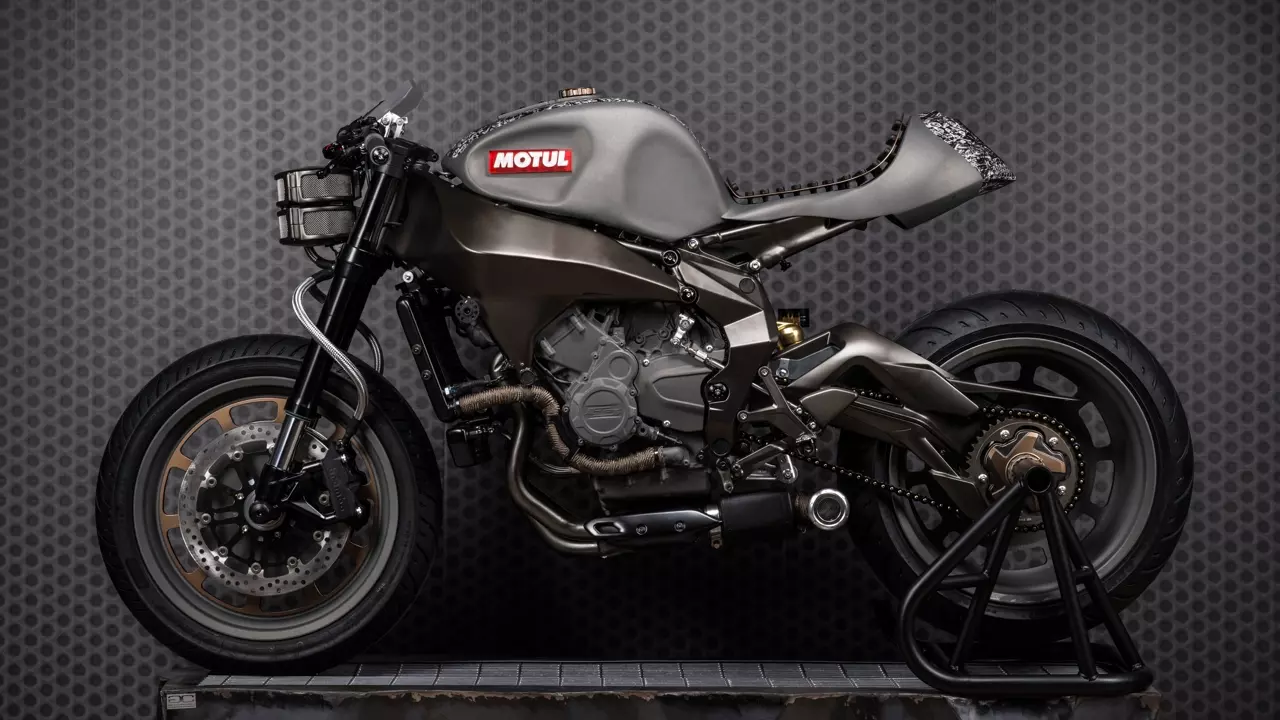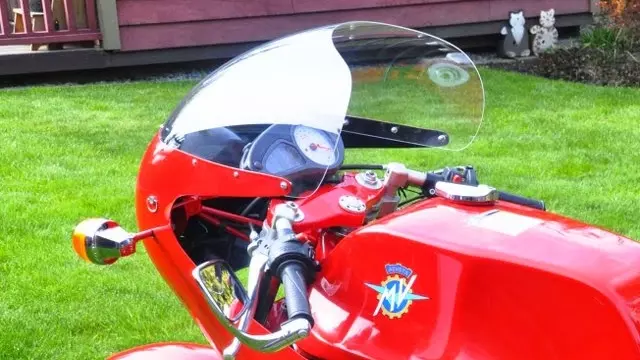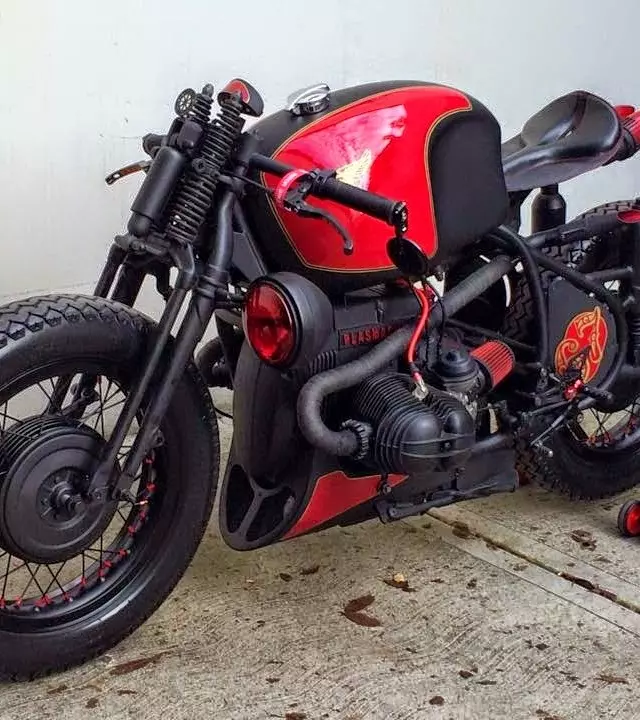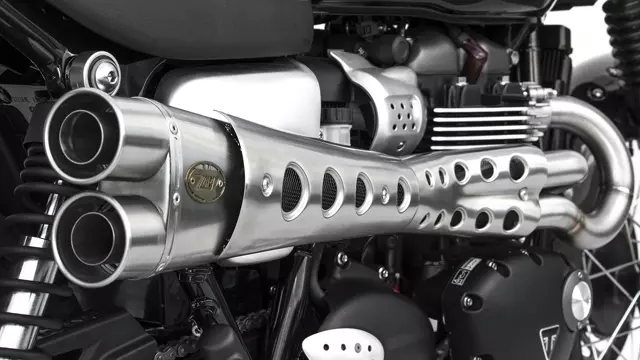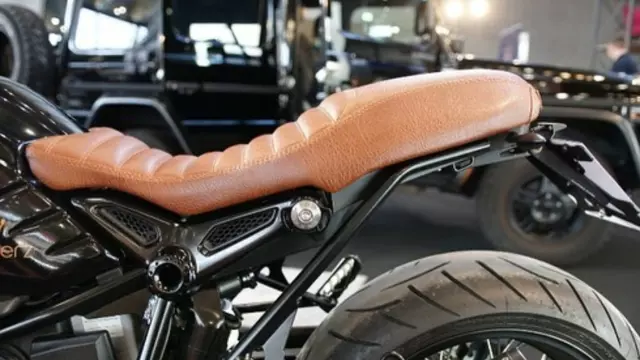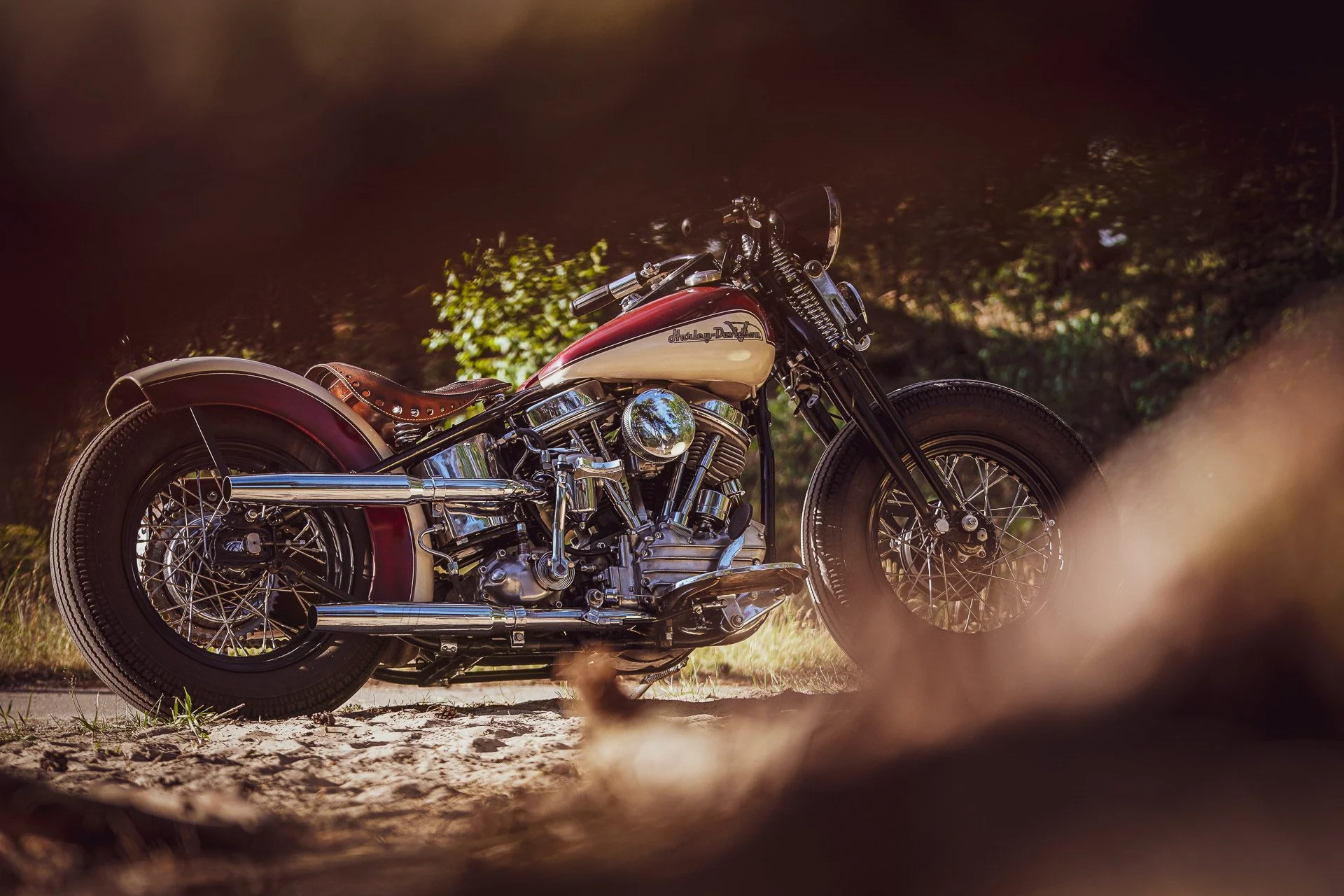
History of motorcycles
The history of the motorcycle begins in the second half of the 19th century. Motorcycles are descended from the "safety bicycle," a bicycle with front and rear wheels of the same size and a pedal crank mechanism to drive the rear wheel. Despite some early landmarks in its development, the motorcycle lacks a rigid pedigree that can be traced back to a single idea or machine. Instead, the idea seems to have occurred to numerous engineers and inventors around Europe at around the same time.
In the 1860s Pierre Michaux, a blacksmith in Paris, founded 'Michaux et Cie' ("Michaux and
company"), the first company
to construct bicycles with pedals called a velocipede at the time, or "Michauline". The first
steam
powered motorcycle,
the Michaux-Perreaux steam velocipede, can be traced to 1867, when Pierre's son Ernest
Michaux
fitted a small steam
engine to one of the 'velocipedes'.
In 1881, Lucius Copeland of Phoenix, Arizona designed a much smaller steam boiler which could
drive
the large rear wheel
of an American Star high-wheeler at 12 mph. In 1887 Copeland formed the Northrop
Manufacturing
Co.
to produce the first
successful 'Moto-Cycle' (actually a three-wheeler).
In 1901 English quadricycle- and bicycle-maker Royal Enfield introduced its first motorcycle, with a 239 cc engine mounted in the front and driving the rear wheel through a belt. In 1898 English bicycle-maker Triumph decided to extend its focus to include motorcycles, and by 1902 the company had produced its first motorcycle—a bicycle fitted with a Belgian-built engine. A year later it was the largest motorcycle-manufacturer, with an annual production of over 500 units. Other British firms included Norton and Birmingham Small Arms Company who began motorbike production in 1902 and 1910, respectively.
By 1920, Harley-Davidson became the largest manufacturer, with their motorcycles being sold by dealers in 67 countries.
After the World War II, some American veterans found a replacement for the camaraderie, excitement, danger and speed of life at war in motorcycles. Grouped into loosely organized clubs, motorcycle riders in the US created a new social institution—the motorcyclists or "bikers"—which was later skewed by the "outlaw" persona Marlon Brando portrayed in the 1953 film The Wild One.
In Europe, on the other hand, post-war motorcycle producers were more concerned with designing practical, economical transportation than the social aspects, or "biker" image. Italian designer Piaggio introduced the Vespa in 1946, which experienced immediate and widespread popularity. Imports from the UK, Italy and Germany, thus found a niche in US markets that American bikes did not fill.
The motorcycle also became a recreational machine for sport and leisure, a vehicle for carefree youth, not essential transportation for the mature family man or woman, and the Japanese were able to produce modern designs more quickly, more cheaply, and of better quality than their competitors. Their motorbikes were more stylish and more reliable, so the British manufacturers fell behind as mass-market producers.
Honda introduced their SOHC inline-four engine CB750 in 1969, which was inexpensive and immediately successful. It established the across-the-frame-four engine configuration as a design with huge potential for power and performance. Shortly after the introduction of the SOHC, Kawasaki demonstrated the potential of the four-stroke four-cylinder engine with the introduction of the KZ900.
BMW
Honda
Ducati
Triumph
Harley-Davidson
MV Agusta



